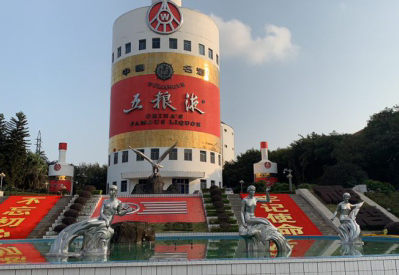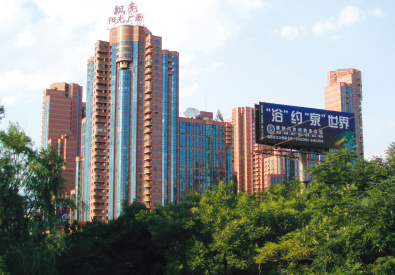According to its use function, beixinyuwang hot melt modified asphalt waterproof rolling material can be divided into ordinary type, root and piercing resistant type, salt and alkali resistant type, road and bridge special type, decorative type, etc., applicable to a wide range of fields.
Modified bitumen waterproof membrane hot melt series products
YWR—411
SBS Elastomer Modified Bitumen Waterproof Membrane
Modified bitumen waterproof membrane hot melt series products
★ Product Description download
10.0 10.0/7.5 7.5
Length/m:
1.0
Width/m:
3.0 4.0 5.0
Thickness/mm:
According to the physical properties, it is divided into I type and II type. According to the upper surface insulation material, it is divided into polyethylene film (PE), fine sand (S) and mineral pellet (M), fine sand.
Product Specification:
————
The product is made of polyester felt as the base, styrene-butadiene-styrene (SBS) thermoplastic elastomer modified bitumen as the impregnating and coating material, and the both sides are covered with the insulation material.
RODUCT
INTRODUCTION


FEATURES
PRODUCT
The knot is firm, the lap joint should overflow the hot-melt modified bitumen, and the blasted parts of the fine sand and mineral granules should be grit-treated, and the detail nodes should be additionally treated, and the lap joint and the head should be sealed. After the acceptance of the polyethylene film-coated coil material, the protective layer shall be set according to relevant specifications and design requirements.
Hot melt construction
The hot-melt method is adopted. Before the construction, the base layer treatment agent (full-adhesive method) should be evenly applied, and then the elastic direction of the construction direction should be determined to determine the position of the coil material, and the coil material is unfolded at the position of the elastic line to release the stress. The coil is rolled from the two ends to the middle, and the hot melt adhesive of the bottom of the coil is baked with a flame spray gun, and the coil is laid from the middle to the both ends, and the paving is compacted by a press roll to remove air, so that the coil is adhered to the base layer.
Hot melt construction
METHOD
CONSTRUCTION
≥1.0
Bitumen coating layer thickness on the lower surface of the membrane/mm
≤2
Oil permeability / number of sheets
I≥30
II≥40
Maximum peak elongation/%
Maximum peak pull:I≥500;II≥800
Test phenomenon:During the stretching process, no asphalt coating layer is cracked or separated from the tire base in the middle of the test piece.
Tension/(N/50mm)
I/90℃ II/105℃
No runny, no dripping, sliding≤2mm
Heat resistance/℃
0.3
30min,impermeable
impermeability/MPa
3mm 4mm 5mm
≥2100 ≥2900 ≥3500
Soluble content/(g/m²)
Physical Index
GB18242-2008《elastomer modified bitumen waterproofing membrane》
STANDARD
EXECUTIVE
I/-20 II/-25
No cracking
low temperature flexibility/℃
It is suitable for waterproofing and anti-seepage of various industrial and civil building roofs and underground works, as well as waterproof structures such as swimming pools and fire fighting pools. Waterproofing of municipal works such as subways, tunnels, concrete pavement decks, sewage treatment sites, and landfills. Water conservancy facilities such as canals and pools are waterproof.
FIELD
APPLICATION
From Monday to Saturday at 8:00am -18:00pm
Email :wugang@bnbm.com.cn
Address: South of Xingyou Street, West of Jinger Road, Xinglongtai District, Panjin City, Liaoning Province, China
400-600-0427
Contact us
Hydro power
Municipal building
Commercial building
Civil building
Bridge, tunnels and roads
Overseas engineering
Rail roads and subways
Major projects
Classical engineering cases
Waterproof coating ranges
Excellent and Secure Waterproofing System Ranges
Polymer ranges of waterproof materials
Self adhering ranges of modified asphalt waterproof membrane
Hot-torched ranges of modified asphalt waterproof membrane
Products center
Development history
Honor
Enterprise culture
Production bases
Company introduction
Enter BNBM Yuwang



